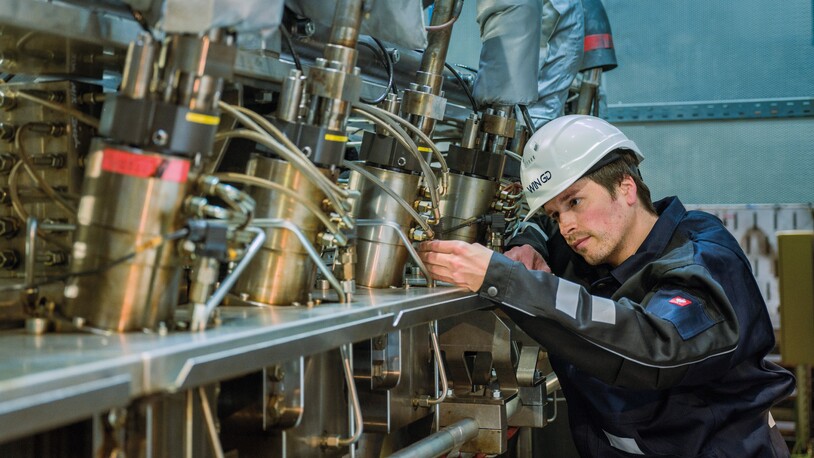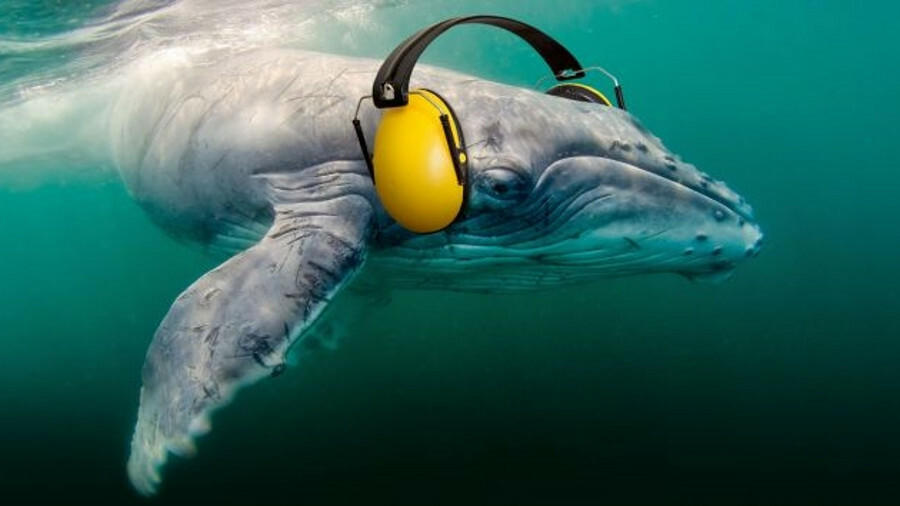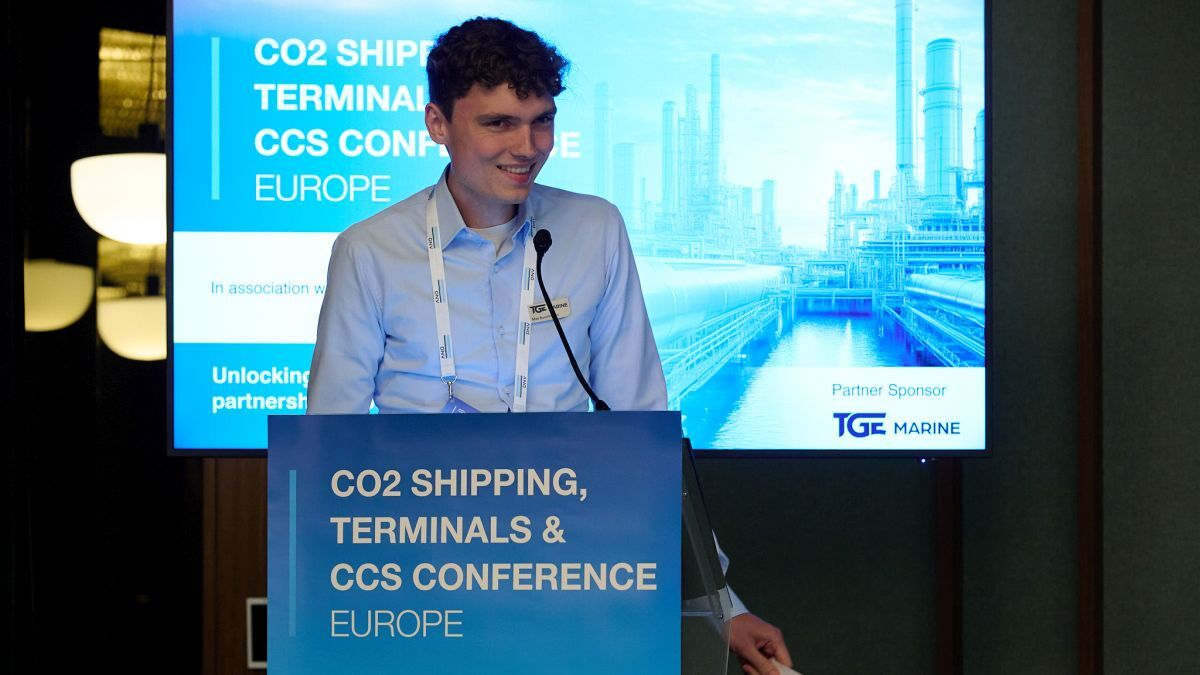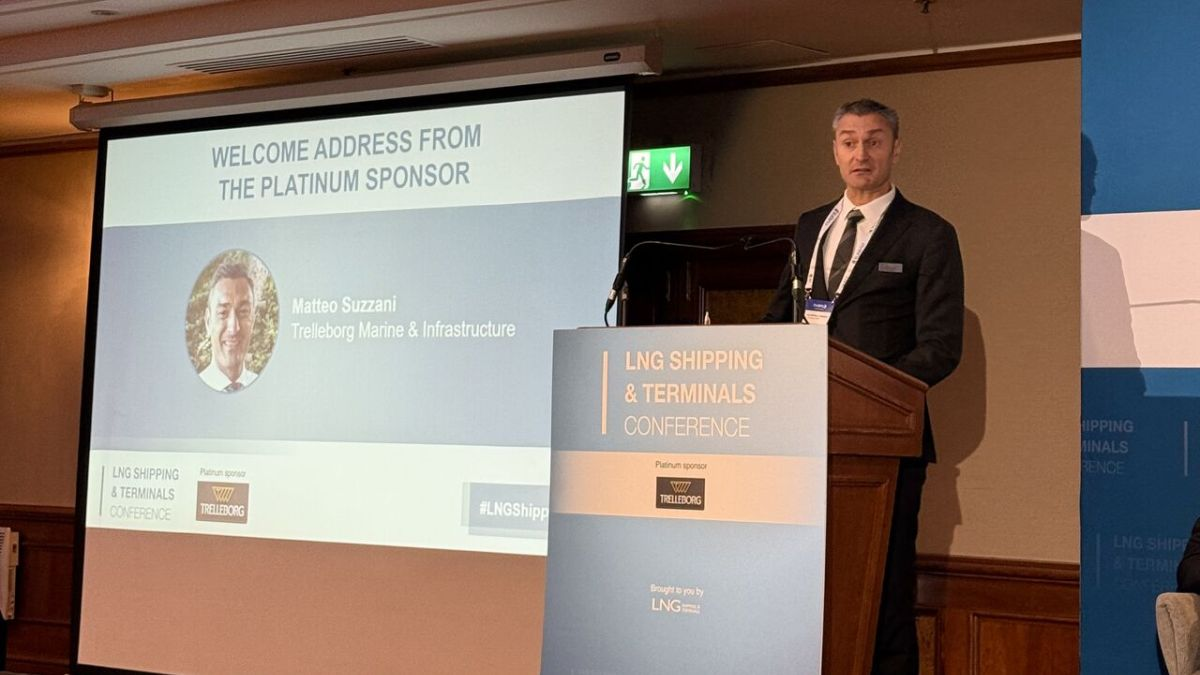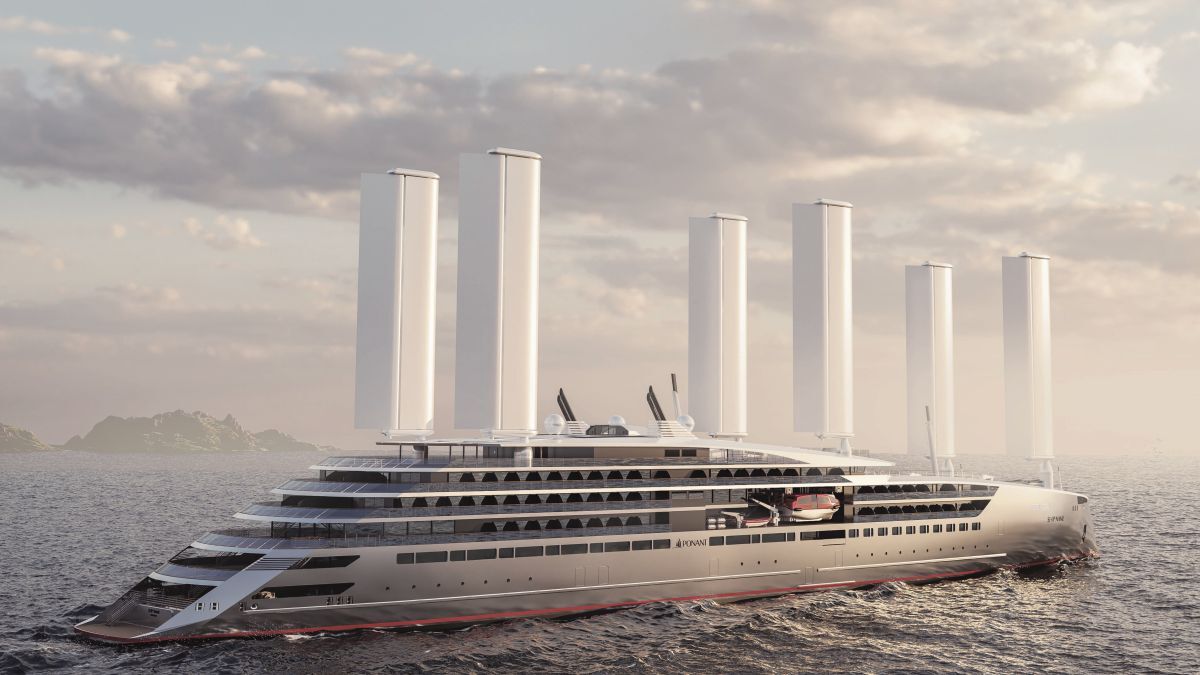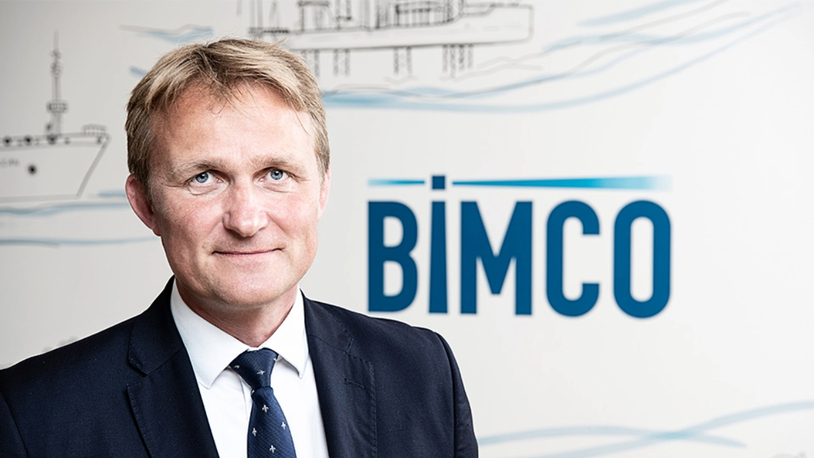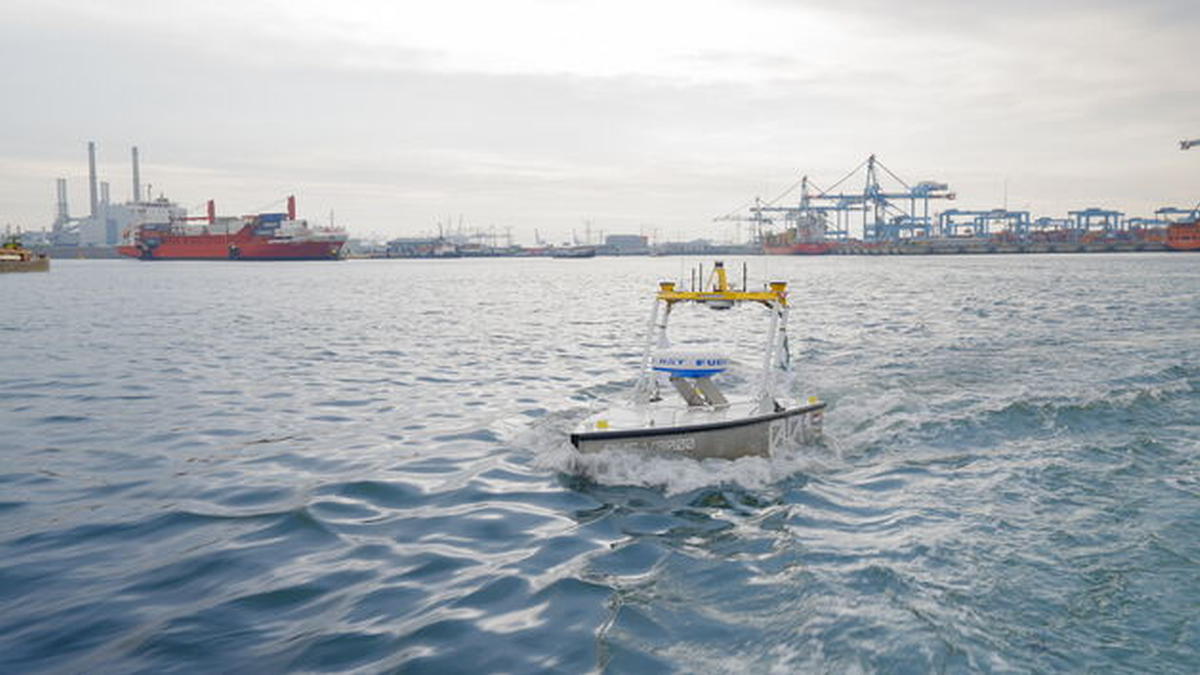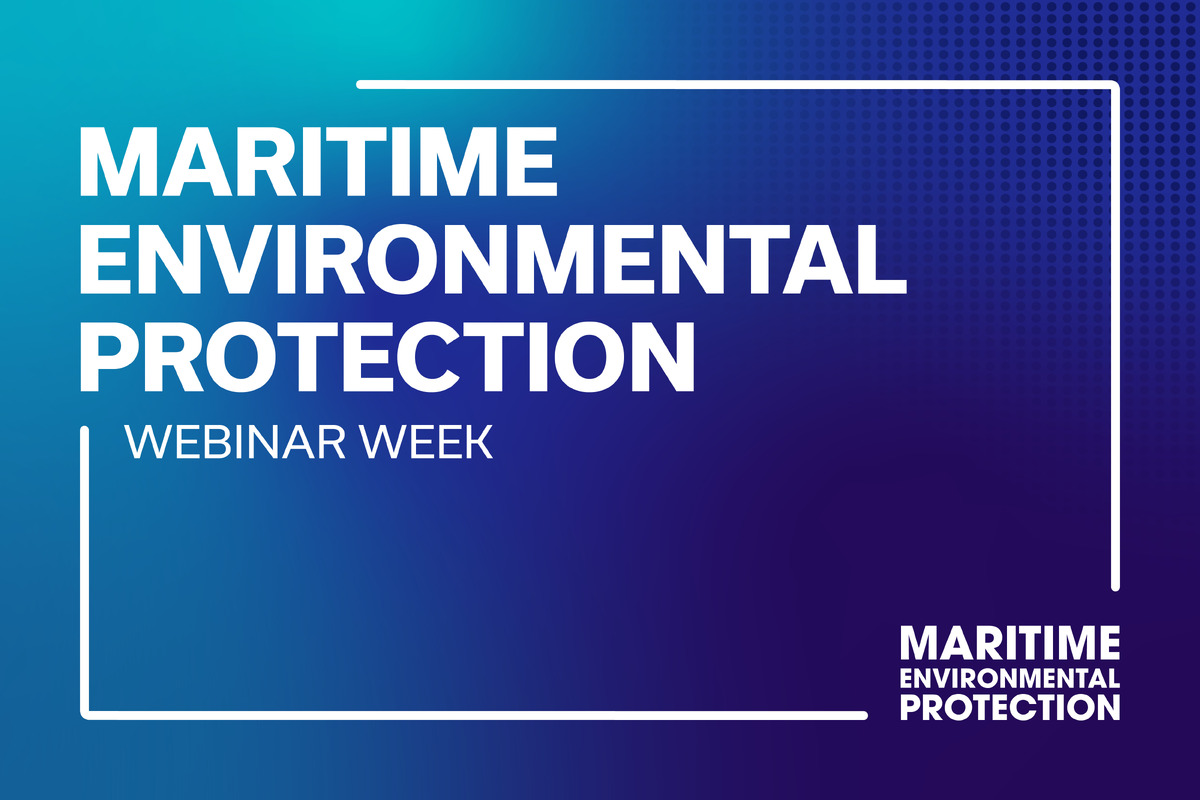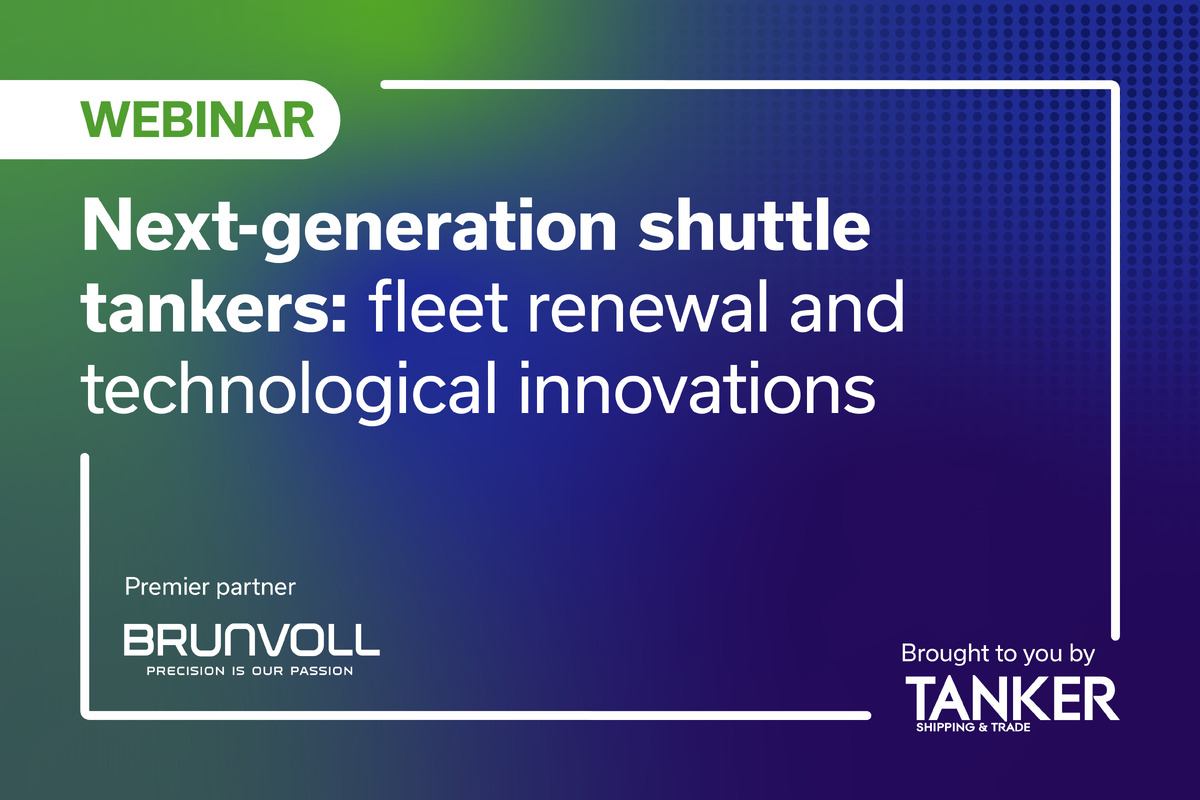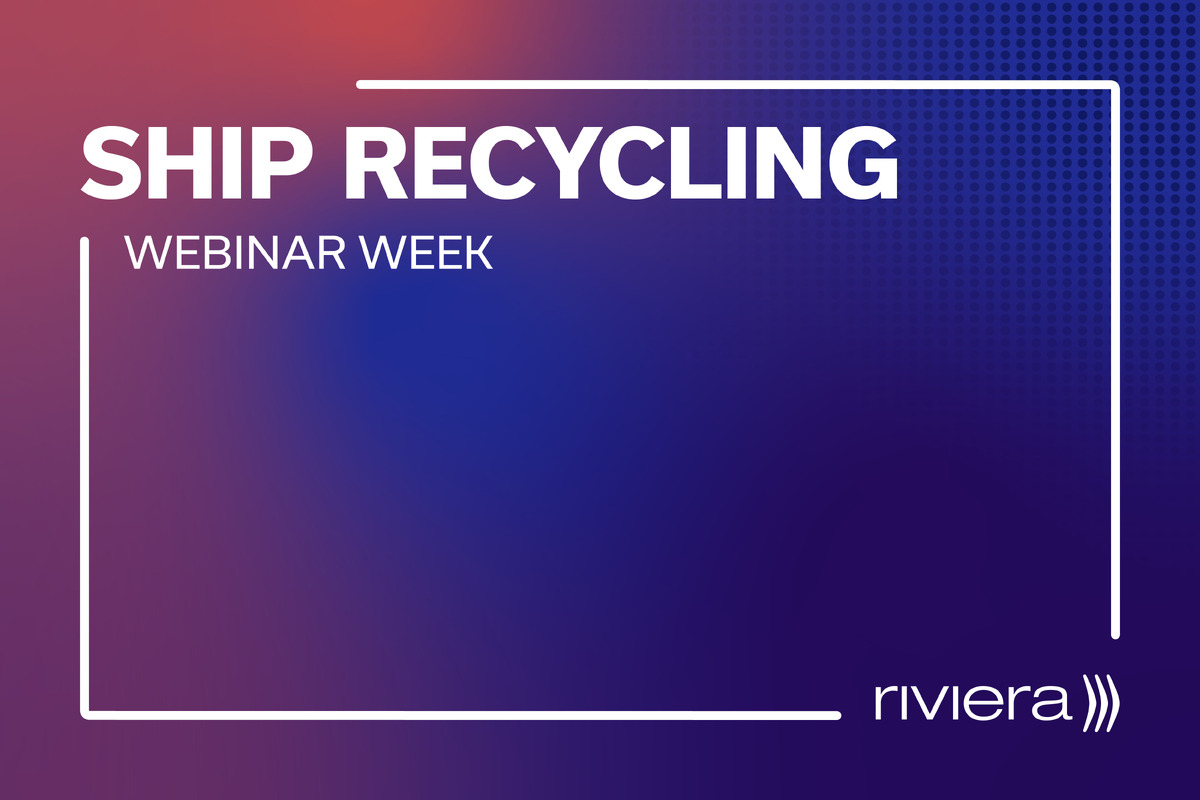Business Sectors
Events
Marine Coatings Webinar Week
Contents
A quiet revolution in underwater noise
The impact of ship noise on marine life is driving a new focus on less obtrusive propulsion systems
The impact of ship noise on marine life is driving a new focus on less obtrusive propulsion systems
In February, Vancouver Fraser Port Authority revealed the latest version of its EcoAction programme, incentivising shipowners and operators to cut down on underwater noise. With port fee discounts of up to 47% depending on the environmental measures taken, it is not just the north-eastern Pacific’s endangered whale populations that benefit.
Underwater noise caused by ships can interfere with marine mammals’ ability to feed and communicate. The noise reduction element of the programme has been in place since 2017 and supports further port authority-led projects focusing on whale welfare, including the Enhancing Cetacean Habitat and Observation research programme to reduce the effects of shipping on whales.
“Offering incentives to shipping lines to reduce underwater noise through improved ship design and technology helps support regional efforts to reduce threats to whales,” said the port’s vice president of environment, community and government affairs, Duncan Wilson.
The port now accepts quiet ship notations from four classification societies (DNV GL, Rina, Lloyd’s Register and Bureau Veritas), the Level 5 Underwater Noise performance indicator from an environmental certification programme Green Marine, and five propeller technologies: Becker Marine’s Mewis duct; Schneekluth’s wake equalising duct; Wärtsilä’s EnergoProFin; Nakashima’s Eco-Cap; and all propeller boss cap fins. Ships that have one or more of these are eligible to apply for a 23% reduction in fees under the vessel quieting category.
To take one example, the EnergoProFin deploys fins that rotate together with the propeller. This reduces the cavitation caused by the hub vortex. It also reduces the energy losses caused by the flow phenomena around and behind the propeller boss, thereby increasing overall propulsion efficiency To date, it has been installed on more than 350 vessels.
"Offering incentives to shipping lines to reduce underwater noise through improved ship design and technology helps support regional efforts to reduce threats to whales"
It is no surprise that other equipment designers are beginning to target the noise reduction market. One example is the ‘pressure pores’ system developed by Strathclyde University and Oscar Propulsion. This reduces propeller tip vortex cavitation by applying a small number of strategically bored holes in the propeller blades. This is claimed to give a quieter propeller with minimal compromise on efficiency.
During the development of the technology, Strathclyde demonstrated that the system can reduce cavitation volume by almost 14% and underwater radiated noise by up to 21 dB – results which were verified in separate tests on the sub-cavitating propellers used by the Princess Royal, a 19m research catamaran operated by Newcastle University.
Canada is the first country in the world to encourage quieter ships for the sake of its whale population. It is unlikely to be the last. Underwater is on IMO’s radar, led by a handful of member states – including Canada – which are emphasising the need for further research and continued international collaboration.
Although there is no agenda item yet for underwater noise at IMO’s Marine Environment Protection Committee, momentum is growing. A seminar held by Canada at IMO’s London headquarters in February was attended by more than 140 delegates from 24 countries. Summarising progress in a submission to MEPC 74 in May, Canada’s delegation noted a broad consensus that, while “developing a biological limit for underwater noise levels applicable to all species in all regions is challenging, a ship-based limit is recommended”.
An underwater noise limit on an IMO level may be some way off, given the pace of international regulation. But if more ports follow Vancouver’s lead, commercial opportunity may – not for the first time – prove a more potent agent for change than regulatory measures.
Related to this Story
Events
Marine Coatings Webinar Week
Maritime Environmental Protection Webinar Week
Ship Recycling Webinar Week
© 2024 Riviera Maritime Media Ltd.

